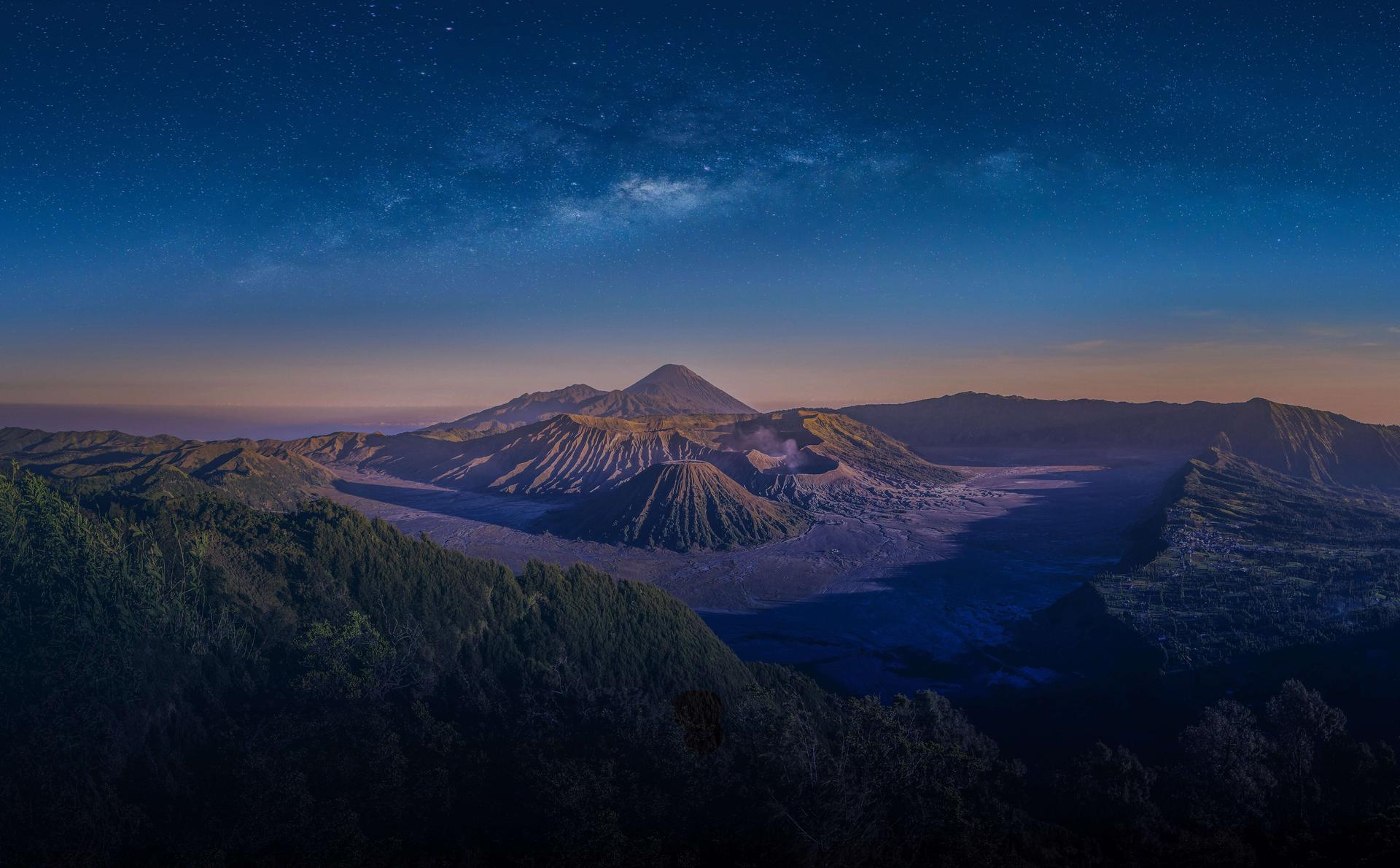The Cherry Blossom Season in Japan

Spring is always the season to look forward to in East Asian countries like Japan. The blooming of cherry blossoms marks this season and colors the country with enchanting pink. Local people hold special festivals for the blooming cherry blossom, known as hanami, all over Japan during spring. It's basically picnicking under cherry blossom trees. If you are planning a trip to Japan, here's what you should know about the cherry blossom festival.
When is the Celebration of the Cherry Blossom Festival in Japan?
Neil Daftary on Unsplash
When do cherry blossoms bloom in Japan? Cherry blossoms (Higan sakura) usually start blooming in January in Okinawa, and Yoshino cherry blossoms peak in the Honshu region from late March to April. In Hokkaido, the cherry blossoms are usually in full bloom in May. Japanese people love to make predictions because these flowers don't bloom long. Usually, it only lasts between one and two weeks. During that time, Japanese people deliberately looked for specific places where cherry blossoms bloom after work and then had picnics with their families or co-workers under the cherry trees.
However, it is quite tricky to predict the exact cherry blossom date in advance and plan the trip at the right time. However, based on local meteorological services forecasts, these flowers will bloom every spring.
Why do Japanese People Do Hanami?
Shutterstock
"Hanami" refers to "flower viewing" activity in Japan. The Japanese traditionally engage in hanami to appreciate cherry blossoms (sakura) blooming and even sometimes to view the plum blossoms (ume) as they are known in Japan.
It is said that the origins of hanami date back to over a thousand years ago when aristocrats enjoyed viewing the beautiful cherry blossoms and writing poetry inspired by them. As one of the oldest traditional traditions of the Japanese, Hanami continues today, with even Japanese families coming to parks full of cherry blossom blooming flowers to enjoy them while having a picnic.
Japanese people celebrate the cherry blossom festival with food and drinks under the blooming cherry blossom trees. Securing the best spots in parks for picnics and gatherings becomes very competitive, as many scout locations early and in advance. People bring homemade food, barbecue, or buy takeout to enjoy the occasion with friends and family.
If you don't like crowds at the sight of one bloom, you can easily visit a neighborhood park, park, or other quiet places to view the flowers instead. As night falls, the festivities frequently become festive revelry as sake flows all day. Japanese parents sometimes prefer to visit a Japanese plum garden to see the ume blossoms instead, as these areas are often less crowded and boisterous.
How Japanese People Enjoy Cherry Blossoms Festival?
Shutterstock
Cherry blossoms are beautiful yet ephemeral, lasting under two weeks. They illustrate mono no aware, the Japanese awareness of impermanence–nothing lasts forever, including living things' beauty. The sakura blossom, frequently featured in art or tattoos, shows how fleeting beauty can be. They bloom beautifully but briefly, demonstrating that even lovely things are transient.
The most popular Japanese cherry trees, called "some-Yoshino" (Yedoensis), can be found throughout the country. However, that doesn't mean visitors can see flowers everywhere during spring. Cherry trees bloom at different times in various parts of Japan, and unfortunately, the blooming period of somei-Yoshino is usually short.
The flowers are the main attraction, but various traditional arts performances during the festival also attract many visitors. Joining a tea ceremony under a cherry tree can be a unique experience too. You can also taste Japanese specialties at festival vendors of foods and souvenirs.
The Best Prefectures in Japan to See Cherry Blossoms Bloom
Yu Kato on Unsplash
Almost all areas in Japan celebrate the cherry blossoms festival; however, each region has a different time for the celebration. The festival usually runs from January to June, depending on location, even though most of the time, it is held from March to May. The cherry blossoms festival varies each year, depending on the forecasts.
In Tokyo and Kyoto, cherry blossoms bloom between March and April, depending on the year's climate. The busiest time to travel in Japan overlaps with the blooming cherry blossoms in some places.
Scheduling your trip close to the festivals may be a little tricky. Cherry blossoms in Okinawa bloom earlier than in other areas in mid-January. There are also many cherry blossom festivals held here in early February.
If you want to see cherry blossoms while traveling to Okinawa, check out the blooming periods first! Meanwhile, cherry blossoms in the Kyushu region usually bloom earlier than in Tokyo. In Kagoshima, the southernmost area of Kyushu, the cherry blossoms will start to bloom at the end of March.
However, depending on the year, the bloom time can move forward or backward from the previous bloom date. Compared to Honshu, the cherry blossom season in Hokkaido comes later, starting at the end of April. At that time, Hokkaido residents usually visited various places with views of cherry blossoms for a picnic. In this city, there are two places to go if you want to do hanami: Matsumae Koen and Goryokaku Koen.
Did you find this festival exciting? The event is noteworthy because the blooming of cherry blossoms varies by region and traditions from March to May. Make the right plan and plan all your vacation needs with the Traveloka application!
Tags:
japan
Find the Perfect Place to Stay in Japan

Shin-Osaka Station Hotel Classico/Fiore/Treno
Recommended Articles

Difference with prepaid IC cards: Suica, Pasmo & Icoca on Holiday in Japan

5 Easy Ways: Travel from Tokyo to Osaka

Travelling from Osaka to Nara: All The Things You Need to Know

Complete Guide To The Best Spots To View Mount Fuji

Complete Guide To The Best Time To Visit Hitachi Seaside Park

Getting Around Tokyo, Japan















 Facebook
Facebook Instagram
Instagram Youtube
Youtube
